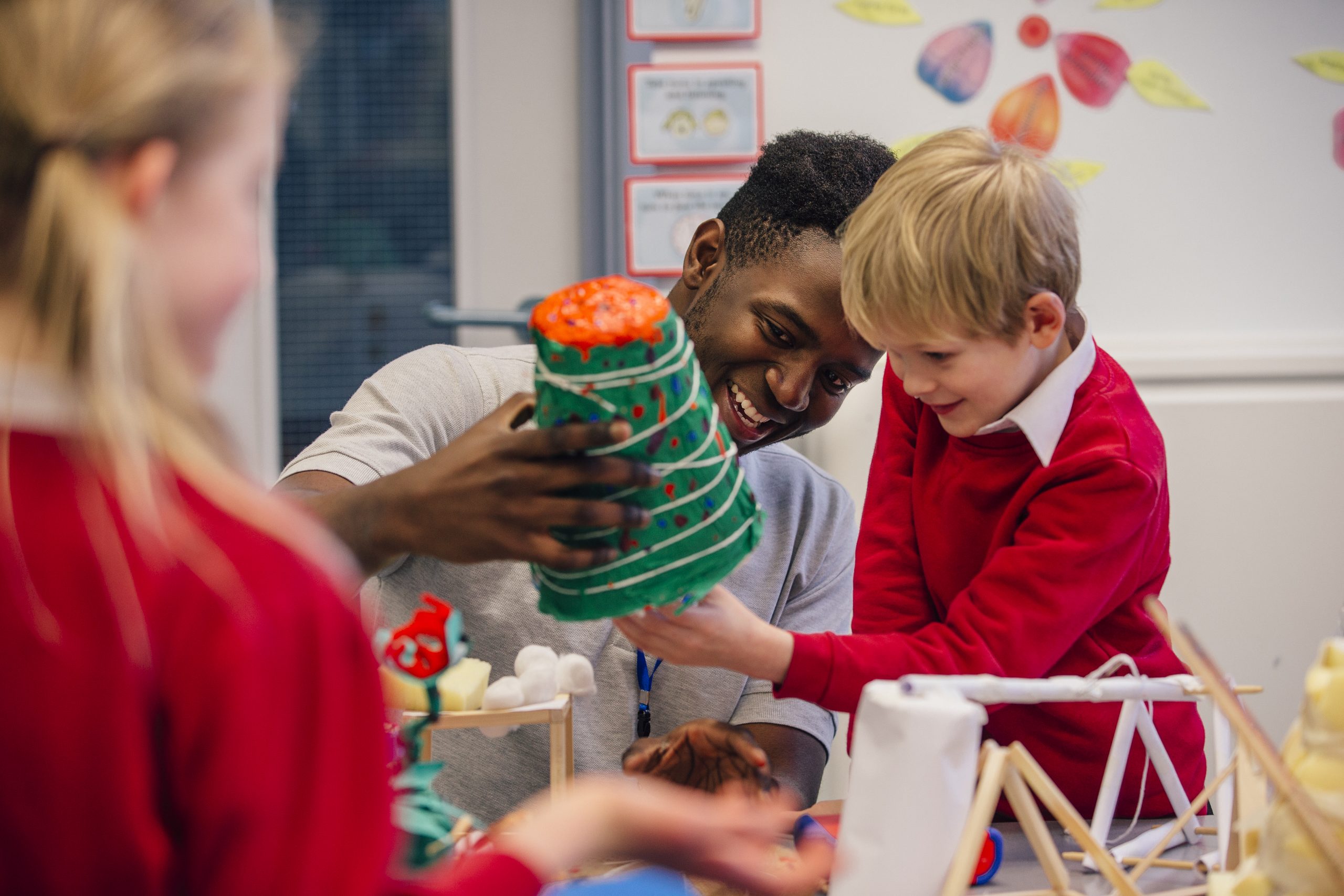And so another school year begins, one which we all hope will be much more settled that than the last. There have been so many challenges to face. Teachers have worked incredibly hard to ensure that children’s learning has continued through all the disruptions and difficulties the pandemic brought. Science was taught in bubbles, outside and at home, and we are delighted to hear how teachers adapted Snap Science lessons to these different situations. And now there are the familiar challenge of a new school year: you may have a new year group to teach, you almost certainly have a new class of children, you definitely have a primary science curriculum to plan and implement, in which science is a core subject. The Ofsted focus on curriculum continues, with the expectation that the science leader can articulate a clear intent for science, explain and demonstrate how this is implemented across the school and assess its impact on children’s science learning and attitude.
In order to help teachers understand more about effective primary science curriculum Ofsted published a research review series on 29th April. It identifies the factors that influence the quality of science education in schools in England, primary and secondary. It is important to recognise that, though the report is new, it is a review of some existing research into the factors that influence the quality of science education. It is not a summary of things that Ofsted has found during inspections, but Ofsted will use the content of the review when they inspect schools, so it is important that subject leaders are aware of what it says.
This can all sound pretty daunting, but I can reassure you that Snap Science was informed by research and that key factors identified in the report are embedded in Snap, even though some of the terminology used is new.
Key messages from the report to note:
A high-quality science education is rooted in an authentic understanding of what science is.
Snap Science embodies a concept of science that is both a body of knowledge which can explain the world around us and an approach to building that knowledge, as well as an awareness of the value and application of science.
Expertise in science requires pupils to build at least two forms, or categories, of knowledge.
- The first is ‘substantive’ knowledge, which is knowledge of the products of science, such as models, laws and theories.
- The second category is ‘disciplinary knowledge’, which is knowledge of the practices of science.
- Substantive knowledge is explicit in Snap with learning intentions and success criteria to meet all National Curriculum objectives. Support for teachers’ subject knowledge in provided in clear module introductions.
- Disciplinary knowledge is taught systematically, with learning intentions and success criteria covering all Working Scientifically objectives, including different types of enquiry, how and when to use different apparatus and techniques, how to analyse and present data, an understanding of how explanations are developed from evidence.
High-quality science curriculums are coherent and progressive.
Snap Science has been carefully planned to ensure that children build their scientific knowledge in a systematic and conceptually appropriate way. Each lesson is designed to explore, value and build on children’s prior knowledge so that misconceptions can be addressed and secure understanding developed. The sequence of science ideas throughout the resource as a whole, and in each module and lesson, is clear and accurate.
There must be sufficient curriculum time to teach the science curriculum, including time for practice and consolidation. Practical resources are important.
Snap Science is a large resource, supporting 2 hours of science teaching a week with practice and consolidation built in. Practical work is a very important element of most of the lessons.
Teachers and pupils should be clear on the purpose of assessment, with clarity about what is being assessed. Systems should be in place to support teachers to make accurate decisions when assessing pupils’ work.
Success criteria are used throughout Snap Science to support children’s self-assessment. Each lesson also includes guidance for teacher assessment, indicating where teachers will find evidence of achievement of the learning intention and what that achievement will look like, in the things that children say, do, write or draw.
This a brief summary. The report is well laid out and an interesting and thought provoking read. I urge you to have a look and consider how the science curriculum in your school reflects its conclusions. Curriculum planning is a complex task, which Snap Science was designed to support. I am confident that Snap will be helping your school to plan and implement an effective primary science curriculum, which builds children’s substantive and disciplinary knowledge in a systematic, progressive, authentic and enjoyable way.
Liked this? Read more articles on primary teaching here!
This blog has been written by Associate Professor Jane Turner, Snap Science Series Editor and Director of the Primary Science Quality Mark.
Develop conceptual knowledge with Snap Science, using practical exploration and investigation activities to inspire the whole class.




